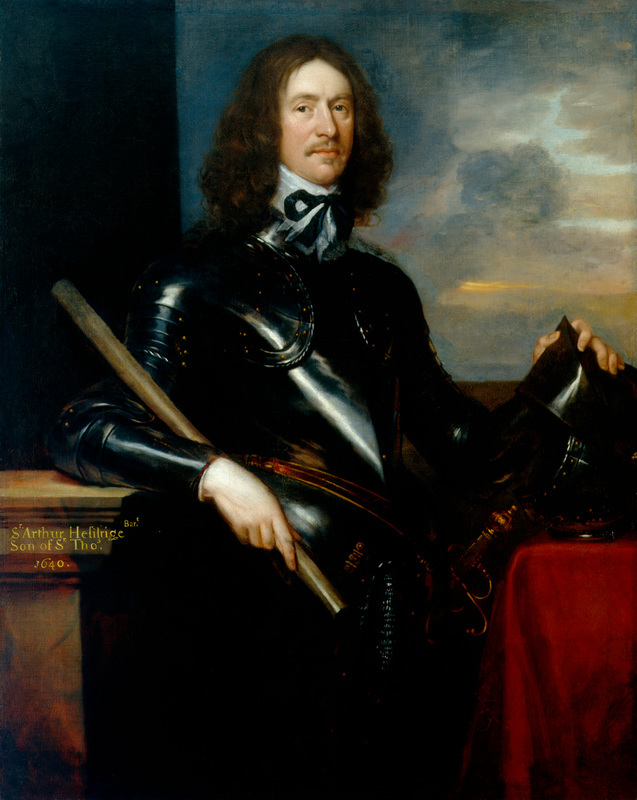Home / History / Archaeology / Archaeology and the Battle of Dunbar 1650: From the Scottish Battlefield to the New World / Haselrigge’s account of the march of the prisoners to Durham
This article is from the free online
Archaeology and the Battle of Dunbar 1650: From the Scottish Battlefield to the New World


Reach your personal and professional goals
Unlock access to hundreds of expert online courses and degrees from top universities and educators to gain accredited qualifications and professional CV-building certificates.
Join over 18 million learners to launch, switch or build upon your career, all at your own pace, across a wide range of topic areas.

 Sir Arthur Haselrigge, portrait by unknown artist, 1640. As the chief Commonwealth agent in the north-east of England, he was placed in charge of the Dunbar prisoners © National Portrait Gallery, London 2019
Sir Arthur Haselrigge, portrait by unknown artist, 1640. As the chief Commonwealth agent in the north-east of England, he was placed in charge of the Dunbar prisoners © National Portrait Gallery, London 2019






